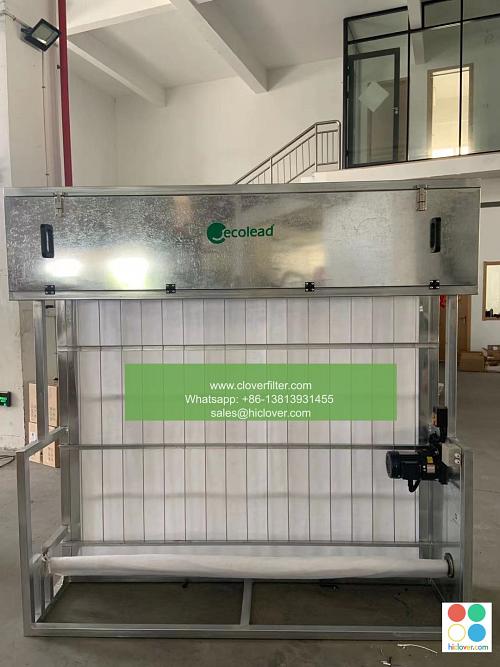The Role of Air Filters in Textile Processing Facilities

Air filters play a crucial role in textile processing facilities, ensuring a clean and healthy environment for workers, while also protecting sensitive equipment and maintaining product quality. In this article, we will explore the importance of air filtration in textile processing, highlighting various application areas and key considerations for selecting the right air filters.
Introduction to Textile Processing Facilities
Textile processing facilities are complex environments that involve various stages of production, from spinning and weaving to dyeing and finishing. These facilities generate a significant amount of airborne contaminants, including cotton dust, lint, and other fibers, which can pose serious health risks to workers and damage equipment. Effective air filtration is essential to mitigate these risks and maintain a safe and productive working environment.
Types of Airborne Contaminants in Textile Processing Facilities
Textile processing facilities are prone to various types of airborne contaminants, including:
- Cotton dust and lint
- Synthetic fibers and yarns
- Dye particles and chemicals
- Finishing agents and coatings
- Spinning and weaving areas: to capture cotton dust and lint
- Dyeing and finishing areas: to remove dye particles and chemicals
- Quality control areas: to maintain a clean environment for inspecting and packaging products
- Worker break rooms and offices: to provide a healthy and comfortable environment for employees
- Filter efficiency: the ability of the filter to capture airborne contaminants
- Filter media: the type of material used to construct the filter, such as HEPA filters or activated carbon filters
- Airflow rate: the amount of air that needs to be filtered to maintain a safe and healthy environment
- Filter maintenance: the ease of maintenance and replacement of filters
- Improved worker health and safety
- Reduced equipment damage and downtime
- Enhanced product quality and consistency
- Increased productivity and efficiency
These contaminants can cause respiratory problems, skin irritation, and other health issues, emphasizing the need for reliable air filtration systems.
Application Areas for Air Filters in Textile Processing Facilities
Air filters are used in various application areas within textile processing facilities, including:
Key Considerations for Selecting Air Filters
When selecting air filters for textile processing facilities, several key considerations must be taken into account, including:
Benefits of Effective Air Filtration in Textile Processing Facilities
Effective air filtration in textile processing facilities offers numerous benefits, including:
Conclusion
In conclusion, air filters play a vital role in textile processing facilities, protecting workers, equipment, and products from airborne contaminants. By understanding the types of contaminants present, selecting the right air filters, and maintaining effective air filtration systems, textile processing facilities can ensure a safe, healthy, and productive working environment. As the textile industry continues to evolve, the importance of air filtration will only continue to grow, highlighting the need for industrial air filtration solutions that can meet the unique challenges of these facilities. Prompt


